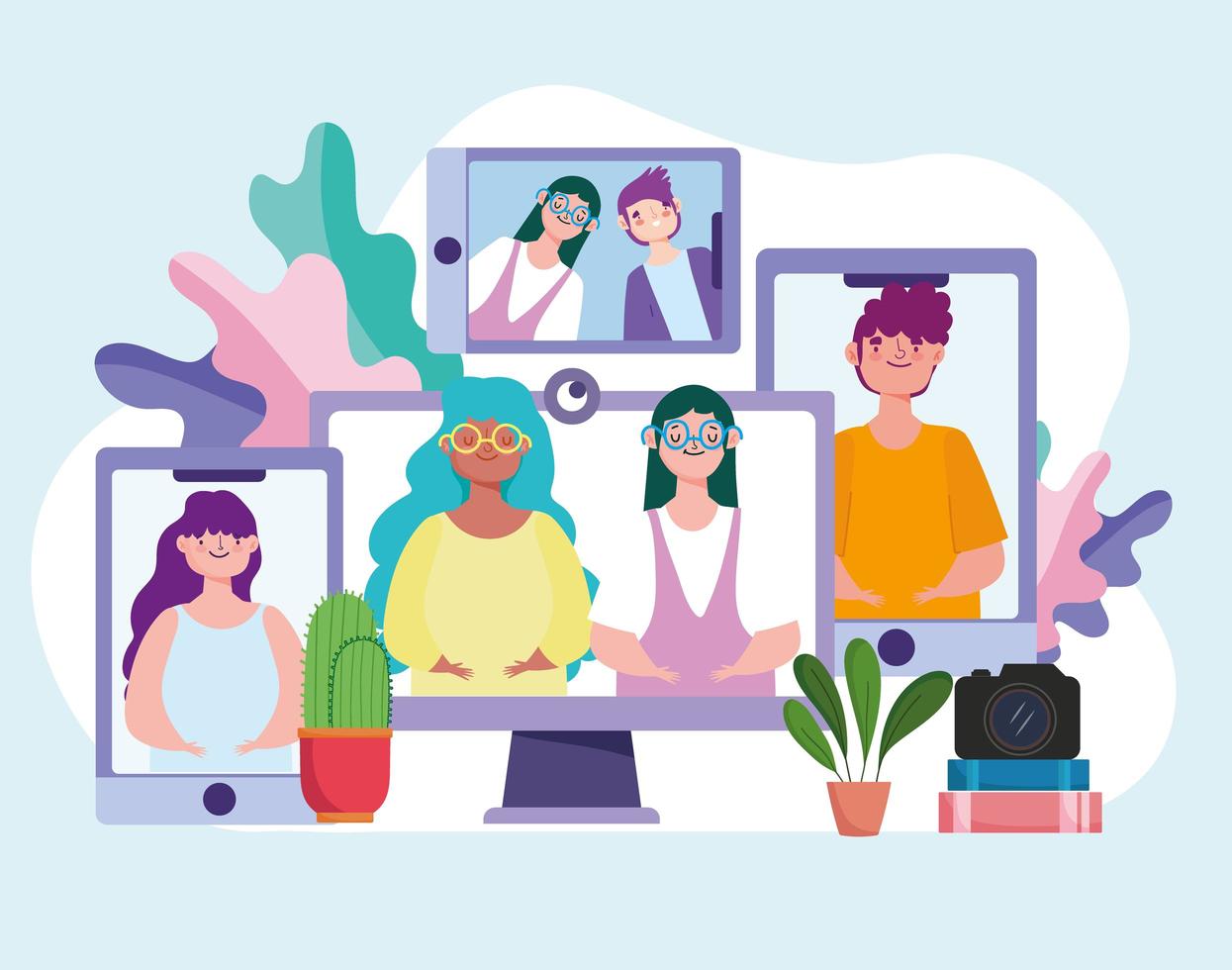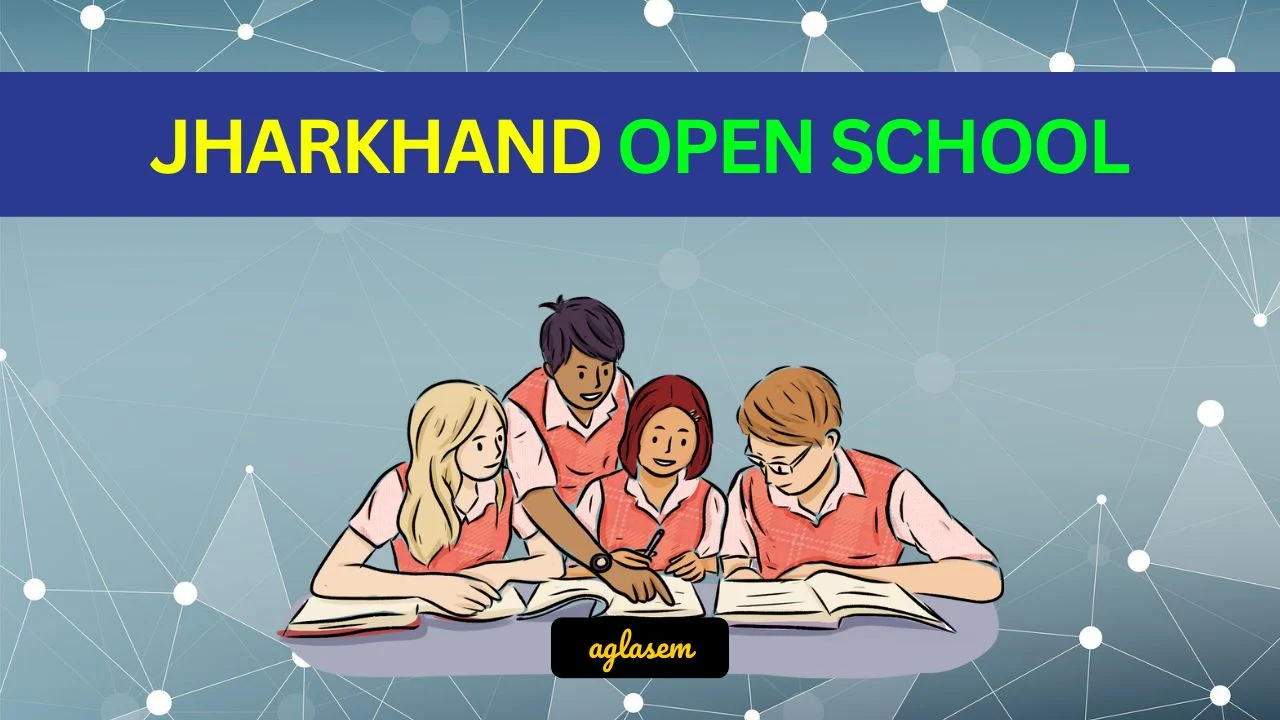Education now is nothing like how it was many years ago. It has moved, sometimes referred to as a virtual space, where people can learn from anywhere with the internet. Others go to school and sit in classrooms; some prefer to study from home using their phones, tablets, or computers.
There are both advantages and disadvantages of online and offline education. This article will take you in a simple and clear direction to differentiate one from the other.
What Is Online Education?
Education via the Internet is learning. Students do not have to go to school. They may learn from home or anywhere else. They watch videos, read lessons, take online tests, and talk to teachers through video conferencing or messages.
A few examples of online education include:
- Watching recorded lessons
- Attending live classes on Zoom or Google Meet
- Working on math or reading with an app
- Taking quizzes or submitting work online
What Is Offline Education?
Offline education is the method that people use for learning. Children attend school where they sit inside a classroom and learn with much face-to-face interaction with teachers. Learning from books, putting notes down, and organizing class work, along with classmates, are all done offline.
This has been in place over the years, helping students center their thoughts and achieve purpose.
Which Is Easier to Access?
All you need for online education is a good internet connection and a phone or laptop. You may learn at home, at a library, or even while traveling. You can study at any time of your preference.
However, slow internet or power cuts render learning quite difficult.
Offline education does not require internet access. Students come to school, meet their teachers, and attend classes. It works better in places where there is are poor internet connection or where people do not own smart devices.
Which One Costs More?
Online learning is cheaper due to the availability of free online courses. You don’t have to spend money on traveling, school uniforms, or food.
On the other hand, traditional schools require additional expenditure from parents in the form of school fees, lunch expenses, bus fare, and so on. In some cases, even private schools may be extremely costly.
Which Has Better Interaction?
The traditional form of teaching is such that students have the opportunity to see their teachers and their classmates; they can ask questions and interact in class, and receive further assistance immediately. Conversely, some students sometimes feel lonely during online classes. But then, there is some way for them to interact, which includes:
- Chat rooms
- Online discussions
- Group video calls
Still, face-to-face talks help many students learn better.
Which Is More Flexible?
Online learning is generally more flexible since you can choose your study time. If you don’t understand something, you can go back and watch the video again. Thursday sick? No problem; study later!
In contrast, offline learning is a very rigid procedure where students must follow a set timetable. If they miss a class due to illness, they start falling behind.
Which Is More Disciplined?
Staying focused, doing homework, giving tests, and clearing doubts are some of the things teachers do in schools. Staying focused at home is all on you. No one watches over you the whole day. Some students have challenges in staying focused and on task during online learning.
How Are Tests Taken?
Every day, schools do written tests. It is a close watch over the students by the teachers. Cheating is much more difficult.
Online tests are conducted on a computer. Some platforms use special tools to stop cheating. But it is not as strict as in classrooms.
Which Helps More with Practical Learning?
Handy work in every field – be it science, art, or sports – is something that every individual engages in. Those are the offline schools with labs, art rooms, and playgrounds. These elements are what make hands-on education possible for students to do experiments or sports, or to create projects.
Online education is developing with virtual labs and videos; however, it is still not easy to grasp them at times.

Is Online Learning for Everyone?
Online learning has been a boon for time management students. For students who can organize themselves, it works. But, unfortunately, not all children are too good at it.
Most of the students need a lot of help and guidance from teachers and classmates alike. Certain students do better in an environment where there are people to guide them in person.
Do Employers Accept Online Education?
As per the latest scenario, most online courses are accepted by colleges and companies. Established schools like Harvard and Stanford even provide online classes.
Yet, some regions still have people preferring a regular degree. The same may change with the growth of online learning.
How Do Students Feel Emotionally?
School is a place where students make friends, speak to teachers, and play with other students. This helps in socialization and growth.
Online students might feel lonely. They might miss working together and chatting face to face. Some lose motivation when learning alone.
Which Is Better for Special Needs Students?
Some students with health issues or learning issues may benefit from studying online since they can do this at their own pace. Others may require extra help, equipment, or teachers to work with. This is where they would benefit more from face-to-face learning.
Which Has a Better Future?
It is the perfect blending of conventional methodology and modern online facilities. In the future, learning may continue with this combination. The students will go to school and learn more on the internet.
Side-by-Side Comparison Table
| Feature | Online Education | Offline Education |
| Where you study | Anywhere | In a school classroom |
| Cost | Usually lower | Usually higher |
| Flexibility | High – choose your time | Low – follow a fixed timetable |
| Social interaction | Limited | High |
| Tests | Online quizzes, easier to cheat on | Supervised, harder to cheat |
| Practical learning | Limited hands-on activities | Real-world labs and projects |
| Teacher support | Through chats, emails, or video calls | In-person help |
| Technology needed | Internet and smart devices | Books and classroom tools |
| Discipline needed | Very high | Teachers help keep students focused |
Conclusion
Both online and offline education help students learn and grow. Each has good sides and bad sides.
E-learning on the whole guarantees flexibility and saves time and money. Nevertheless, it requires self-control. Some students may end up feeling lonely and adrift.
Conventional education, on the other hand, provides students with face-to-face help and an assured structure. Yet, it can be rather tough for those with a busy life or who live far from school.
A wise blend of both is an option that works far better. Students can learn to interact with others at school, but use the online system to enhance their learning.
What truly matters is not the where of learning, but how much enjoyment, fun, and ongoing growth you find in it.











